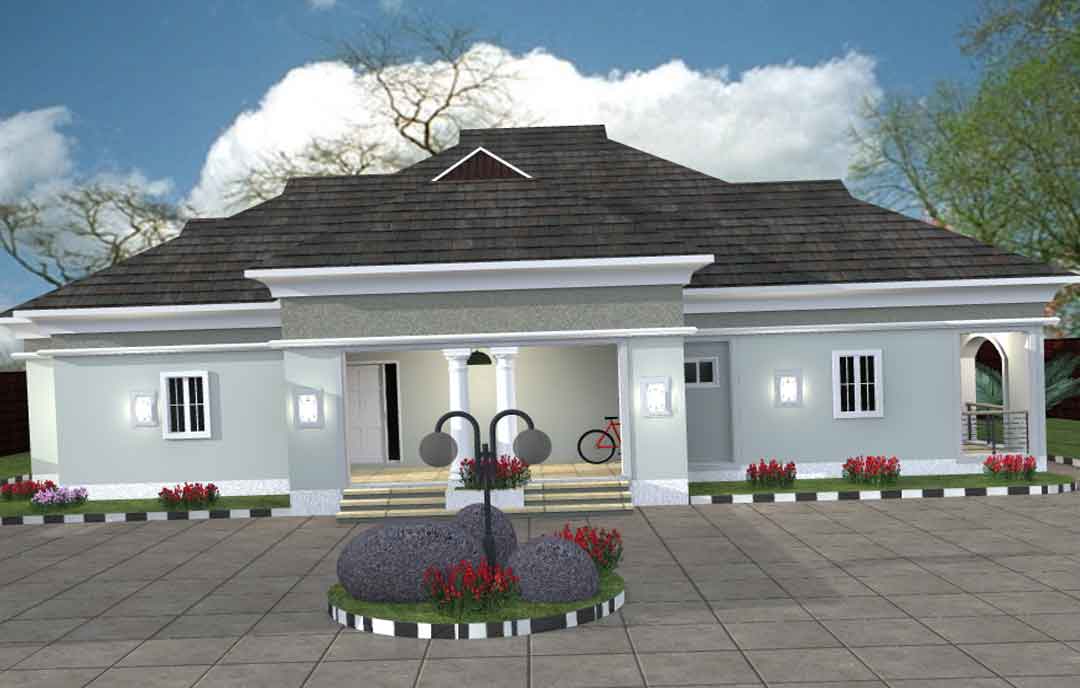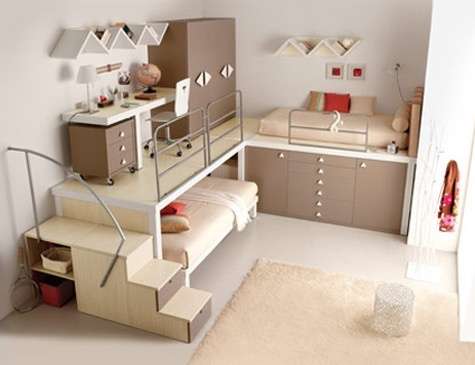The allure of a 2 storey 3 bedroom house design in the Philippines is undeniable, offering a blend of space, functionality, and affordability that resonates with many Filipino families. These designs often cleverly maximize limited land areas, providing comfortable living spaces spread across two floors. The Philippines, with its vibrant culture and tropical climate, has developed unique architectural styles that beautifully integrate with this popular house configuration. From modern minimalist approaches to traditional Filipino aesthetics, the possibilities for a 2 storey 3 bedroom house design are virtually endless, making it a highly sought-after option for those seeking a dream home.
Maximizing Space and Style
One of the key advantages of a two-story house is its ability to provide ample living space without requiring a large lot. This is particularly important in densely populated areas of the Philippines where land is at a premium. A well-designed 3-bedroom layout can comfortably accommodate a family while also offering room for guests or a home office. Beyond functionality, these homes can also be stylish and aesthetically pleasing.
Design Considerations
- Floor Plan: Carefully consider the layout of each floor to ensure optimal flow and functionality. Think about the placement of bedrooms, bathrooms, living areas, and the kitchen.
- Material Choices: Select durable and weather-resistant materials that are suitable for the Philippine climate. Consider using locally sourced materials to reduce costs and environmental impact.
- Natural Light and Ventilation: Maximize natural light and ventilation to create a comfortable and energy-efficient living environment. Large windows and strategically placed openings can help to reduce the need for artificial lighting and air conditioning.
Exploring Different Design Styles
The beauty of a 2 storey 3 bedroom house design is that it can be adapted to suit a variety of architectural styles. Here are a few popular options in the Philippines:
- Modern Minimalist: This style emphasizes clean lines, simple forms, and a focus on functionality. It often incorporates large windows, open floor plans, and neutral color palettes.
- Traditional Filipino: This style draws inspiration from traditional Filipino architecture, featuring elements such as capiz shell windows, bamboo accents, and pitched roofs.
- Mediterranean: This style is characterized by its warm colors, stucco walls, and tiled roofs. It often incorporates outdoor living spaces, such as balconies and patios.
Cost Considerations
The cost of building a 2 storey 3 bedroom house in the Philippines can vary depending on several factors, including the size of the house, the materials used, the location, and the contractor you choose. It’s essential to create a detailed budget and to shop around for the best prices on materials and labor.
Here is a rough comparison of the cost variations based on finishing quality:
| Finishing Quality | Estimated Cost per Square Meter (PHP) |
|---|---|
| Basic | 15,000 ⏤ 20,000 |
| Mid-Range | 20,000 ⏤ 25,000 |
| High-End | 25,000+ |
Remember, these are just estimates. It’s best to consult with a local architect or contractor for a more accurate quote.
Ultimately, crafting the perfect 2 storey 3 bedroom house design Philippines requires careful planning, attention to detail, and a clear understanding of your needs and preferences. By considering the factors outlined above, you can create a home that is both functional and aesthetically pleasing, providing a comfortable and enjoyable living space for years to come. A beautiful design is within reach.
Securing the necessary permits and licenses is a crucial step in the construction process. Requirements may vary depending on the location of your property, so it’s important to consult with your local government office to determine the specific regulations you need to comply with. Failing to obtain the required permits can result in costly delays and penalties.
FINDING THE RIGHT PROFESSIONALS
Building a house is a complex undertaking that requires the expertise of various professionals. Choosing the right architect, contractor, and other specialists is essential to ensure the success of your project.
SELECTING AN ARCHITECT
– Experience and Portfolio: Review the architect’s previous work and look for experience in designing similar types of houses.
– Communication and Collaboration: Choose an architect who is a good communicator and is willing to collaborate with you throughout the design process.
– Fees and Contracts: Understand the architect’s fees and contract terms before signing an agreement.
CHOOSING A CONTRACTOR
– Reputation and References: Check the contractor’s reputation and ask for references from previous clients.
– Licensing and Insurance: Ensure that the contractor is properly licensed and insured.
– Detailed Proposal: Obtain a detailed proposal that outlines the scope of work, materials, and costs.
SUSTAINABLE DESIGN OPTIONS
In recent years, there has been a growing interest in sustainable design practices in the Philippines. Incorporating sustainable features into your 2 storey 3 bedroom house can help to reduce your environmental impact and save money on energy bills. Consider the following:
– Solar Panels: Install solar panels to generate electricity and reduce your reliance on the grid.
– Rainwater Harvesting: Collect rainwater for non-potable uses, such as watering your garden and flushing toilets.
– Energy-Efficient Appliances: Choose energy-efficient appliances to reduce your energy consumption;
LANDSCAPING AND OUTDOOR LIVING
The outdoor space surrounding your house is just as important as the interior. Well-designed landscaping can enhance the beauty of your property and create a relaxing outdoor living area. Consider adding a garden, patio, or swimming pool to create a space where you can enjoy the tropical climate. Native plants are always a good choice as they are adapted to the local environment and require less maintenance. It is also valuable to consider the overall impact and blend in of the home with the surrounding area.
As you embark on the journey of creating your dream home, remember to prioritize functionality, aesthetics, and sustainability. With careful planning and the right team of professionals, your 2 storey 3 bedroom house design Philippines can become a reality.







